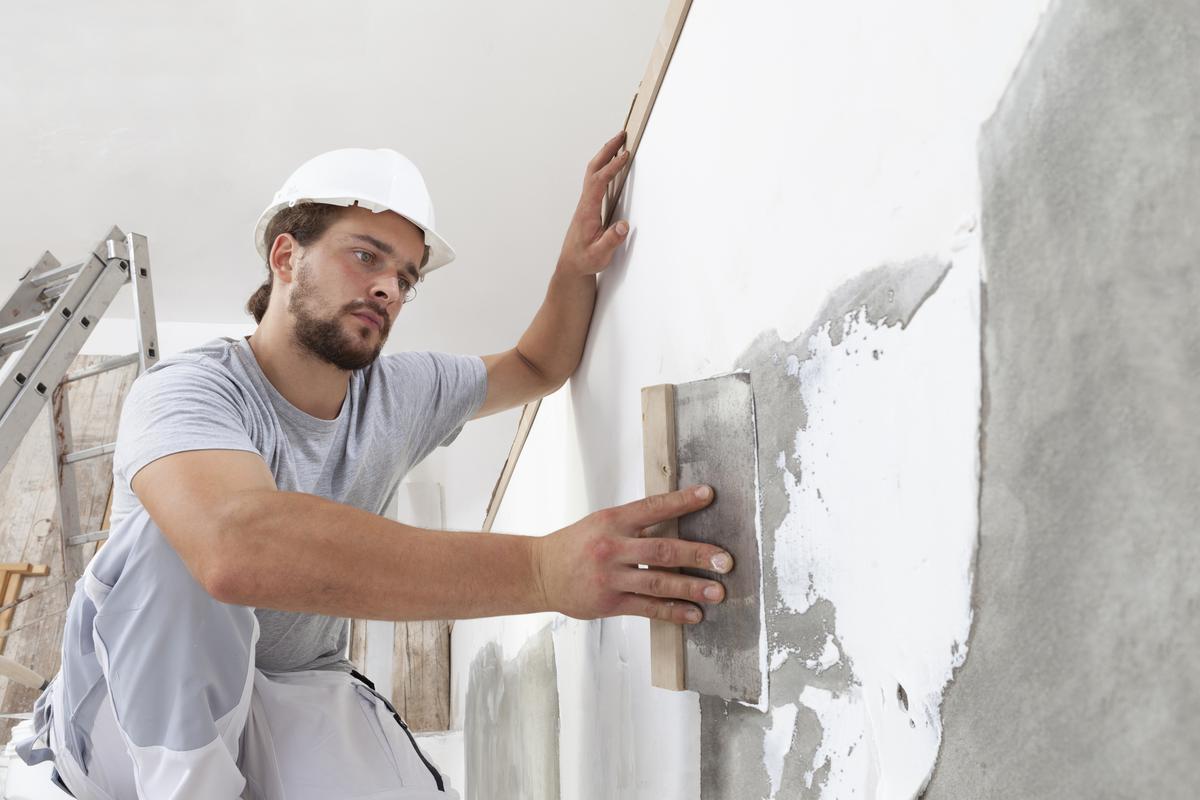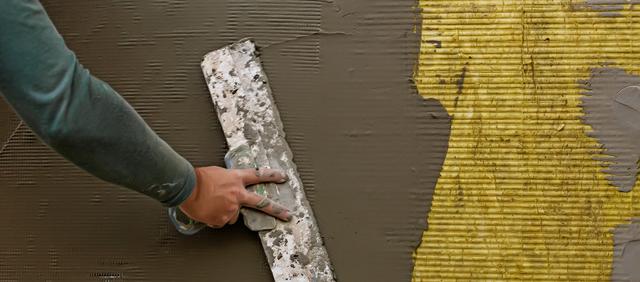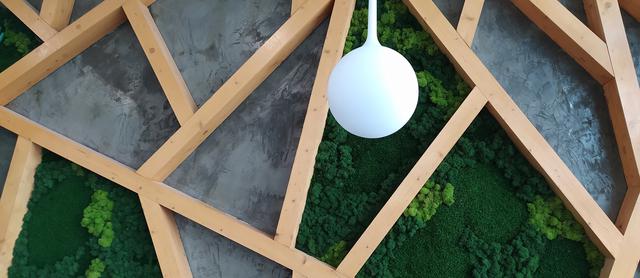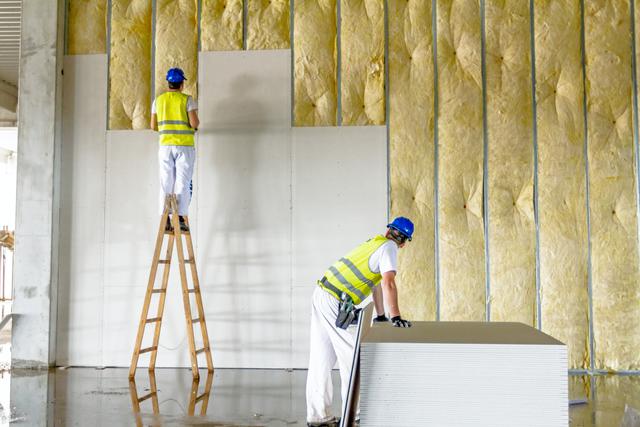Plastering new walls is a crucial part of any home renovation project. Whether you’re building a new home or renovating an existing one, plastering can give your walls a smooth and durable finish. However, plastering can be a daunting task for many homeowners, especially if they are not familiar with the process. In this article, we’ll discuss the top three things that homeowners should consider when plastering new walls.
Choosing the Right Plastering Material
The first thing to consider when plastering new walls is the type of plastering material to use. There are different types of plastering materials available in the market, and each has its unique features and benefits. Some of the most common plastering materials include:
- Gypsum plaster: This is the most commonly used plastering material. It is easy to mix and apply, dries quickly, and gives a smooth finish. Gypsum plaster is ideal for internal walls and ceilings.
- Lime plaster: Lime plaster is a traditional plastering material that has been used for centuries. It is ideal for external walls and has excellent water-resistant properties.
- Cement plaster: Cement plaster is a durable and strong plastering material. It is ideal for walls that are exposed to high humidity or moisture levels.
Choosing the right plastering material depends on various factors, such as the location of the wall, the desired finish, and the budget. Discuss with your contractor to decide on the best plastering material for your walls.
Preparing the Wall Surface
The second thing to consider when plastering new walls is the preparation of the wall surface. Before applying plaster, the wall surface must be clean, dry, and free from any loose materials or debris. If the wall surface is not adequately prepared, the plaster may not bond properly, resulting in cracks or other defects.
The wall surface should be cleaned by scrubbing it with a wire brush to remove any loose materials or debris. Any cracks or holes in the wall should be filled with filler and sanded down to create a smooth surface. It is also essential to check for any signs of dampness or moisture and address them before applying plaster.
Hiring a Professional Plasterer
The third and most crucial thing to consider when plastering new walls is hiring a professional plasterer. Plastering is a skilled trade that requires experience and expertise. A professional plasterer will ensure that the plaster is applied correctly and that the finished surface is smooth, even, and durable.
When hiring a professional plasterer, it is essential to do your research and choose someone with a good reputation and a track record of delivering high-quality work. Ask for references, check their credentials, and ask to see examples of their previous work. Remember that the cheapest quote is not always the best option.
The Average Cost of Plastering New Walls
The cost of plastering new walls varies depending on various factors, such as the size of the wall, the plastering material used, and the complexity of the job. On average, the cost of plastering a standard-sized room (3m x 3m) ranges from £500 to £1000, depending on the plastering material used.
Plastering new walls is an essential part of any home renovation project. Homeowners must consider choosing the right plastering material, preparing the wall surface, and hiring a professional plasterer to ensure that the job is done correctly. By following these tips, homeowners can achieve a smooth, durable, and high-quality finish for their walls.






comments